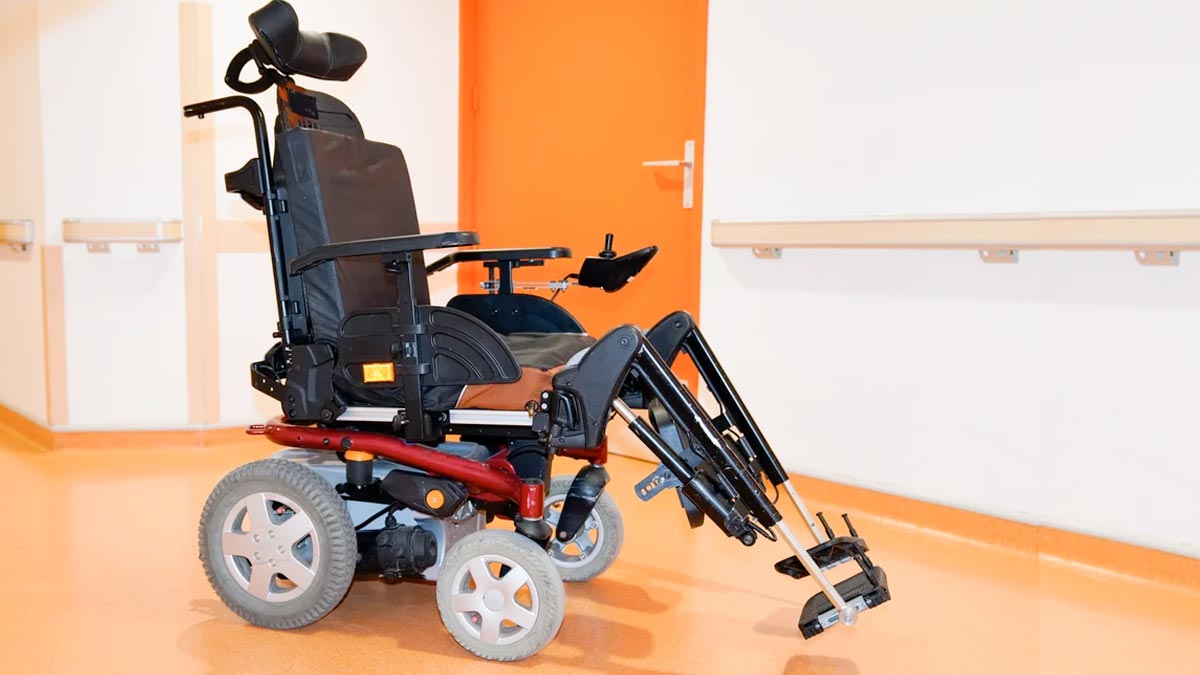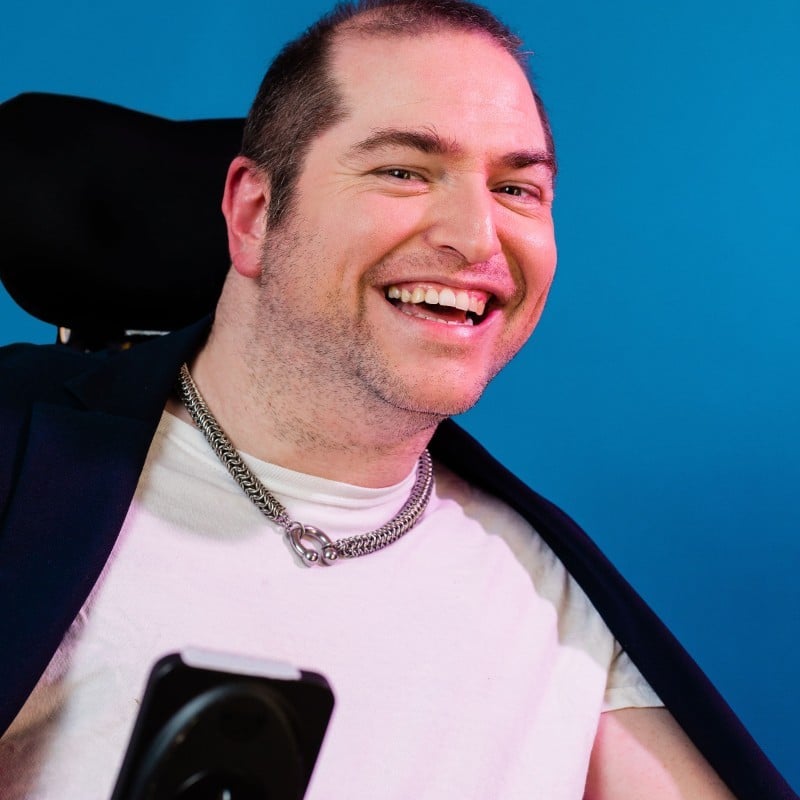The experience of going to the doctor’s office is challenging and frustrating for power chair users. From the moment we enter the office we know…this space is “not designed for me.” In today’s installment of “Chair With Me”, we discuss the doctor’s office and how to help power users and people with complex disabilities access everyday healthcare services. Buckle up, and "Chair With Me."
Automatic Doors
Being able to get into the building itself, is critical. Common sense? You might be thinking, “Andrew, isn’t that common sense?” You’d be surprised at how few smaller doctor’s clinics don't have door-opening buttons or automatic doors, and this makes entry into the office impossible without help. So, you sit outside the doctor’s office waiting for someone to see you from inside, or hoping another patient walks through the door, soon. It’s dehumanizing. Making your entry accessible sends a message to power wheelchair users that they have been considered–and that’s half the battle with accessible healthcare. Push-button door systems on Amazon are priced as low as $1,000.
Patient Lifts in Exam Rooms
I recently booked a physical with my GP knowing she didn’t have a lift–but I needed to be seen. It’s difficult for her to assess my whole body because she can’t get me out of my wheelchair. What should have taken 20 minutes took us two hours to accomplish simply because I couldn’t transfer out of my chair.
Doctors, please install patient lifts in at least one exam room. Disabled bodies need proper physical exams, particularly because of the tendency for us to get bedsores or pressure ulcers on our skin that we can’t readily see. Ceiling track lifts cost approximately $2-3K and portable lifts are even less expensive.
Wider Doors and Hallways
A critical element of navigation for people using power chairs is space. Our chairs are bigger because they have additional features like tilt, recline, or adjustable handlebars, and they definitely have a wider turning radius. I have unintentionally begun many a remodeling project trying to turn my 400lb wheelchair while entering an examination room. If you want to serve disabled patients in your doctor’s office, Hoyer lifts, wider doorways, and ample space to turn are most important.
Hire an Attendant Care Worker Once a Month
Typically, people with complex disabilities require a personal support worker to help move us, and it’s difficult to get this kind of support outside the home; this, more than anything else keeps people home from the doctor. One of the ways that you can alleviate this stressor for patients is by hiring a trained Attendant Care Worker once a month and making that day known to your current and future patients. Personal Care Attendants typically cost about $120 per day. If I knew that every third Tuesday a PCA would be on-site at my doctor’s or dentist’s office, I’d feel much more comfortable seeking regular care--which means I'd be much more healthy.
These are just a few ways to make your medical office safe and welcoming to disabled patients, and there are a great many of us looking for care.
Thanks for “Chairing with Me,” See you next time, friends! ~Andrew Gurza
Want to know why space is so important to power chair users?




